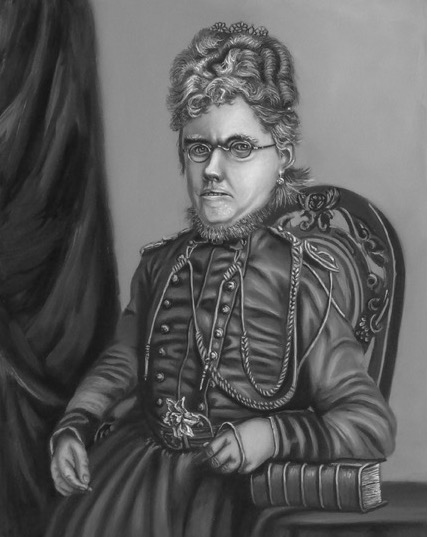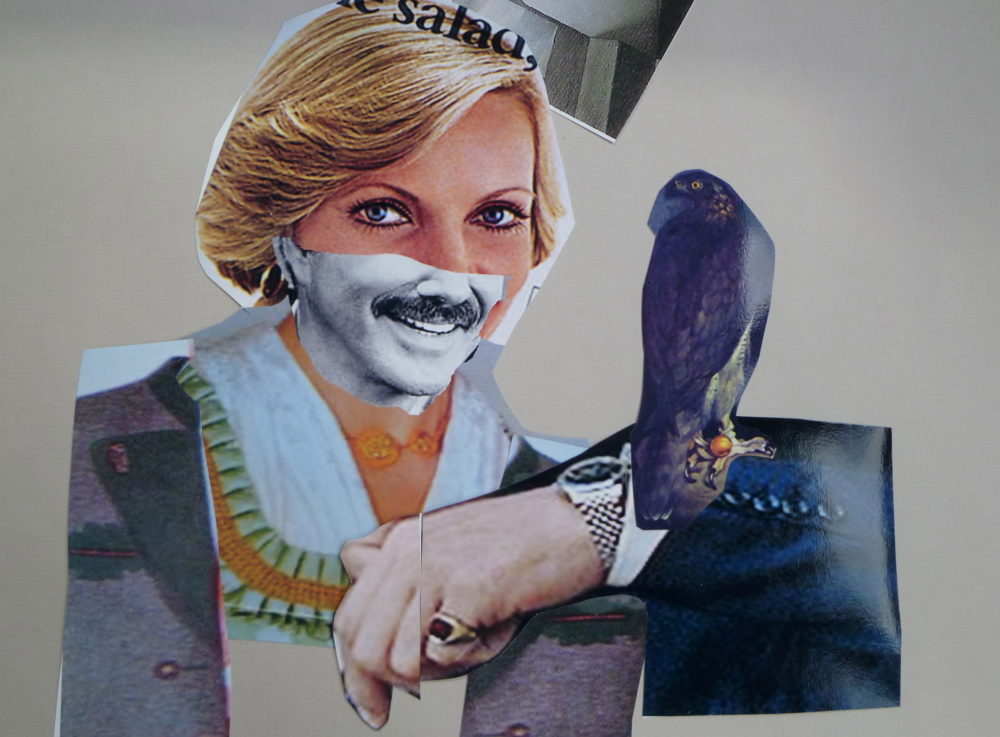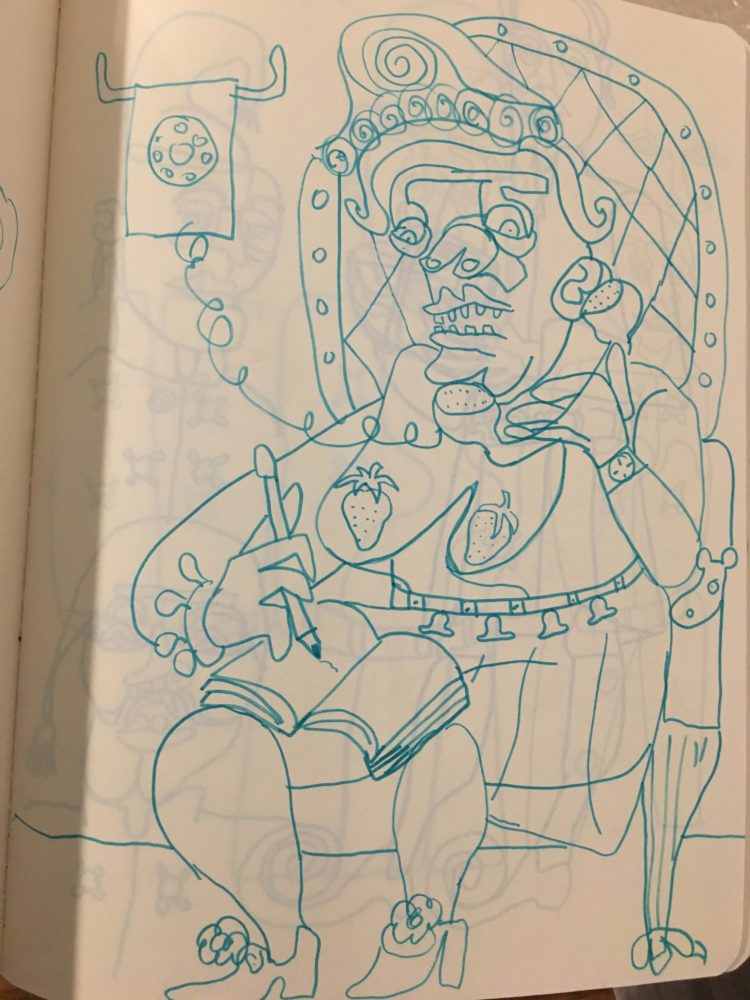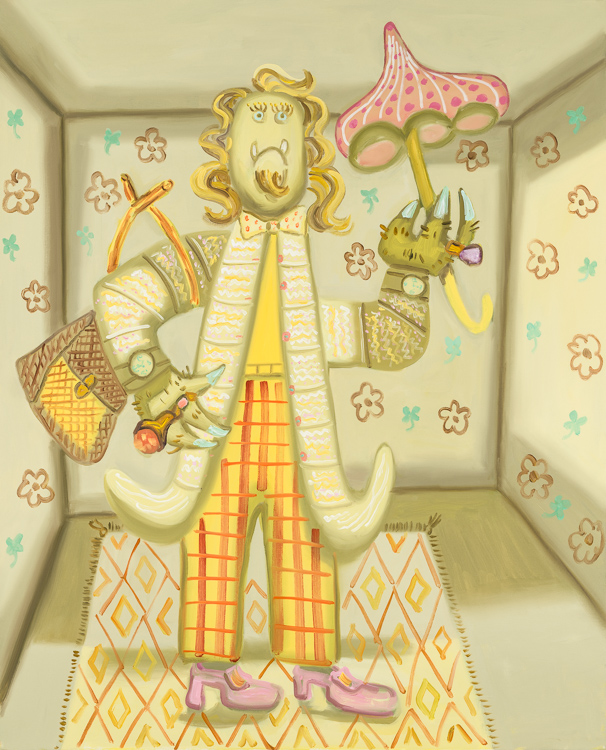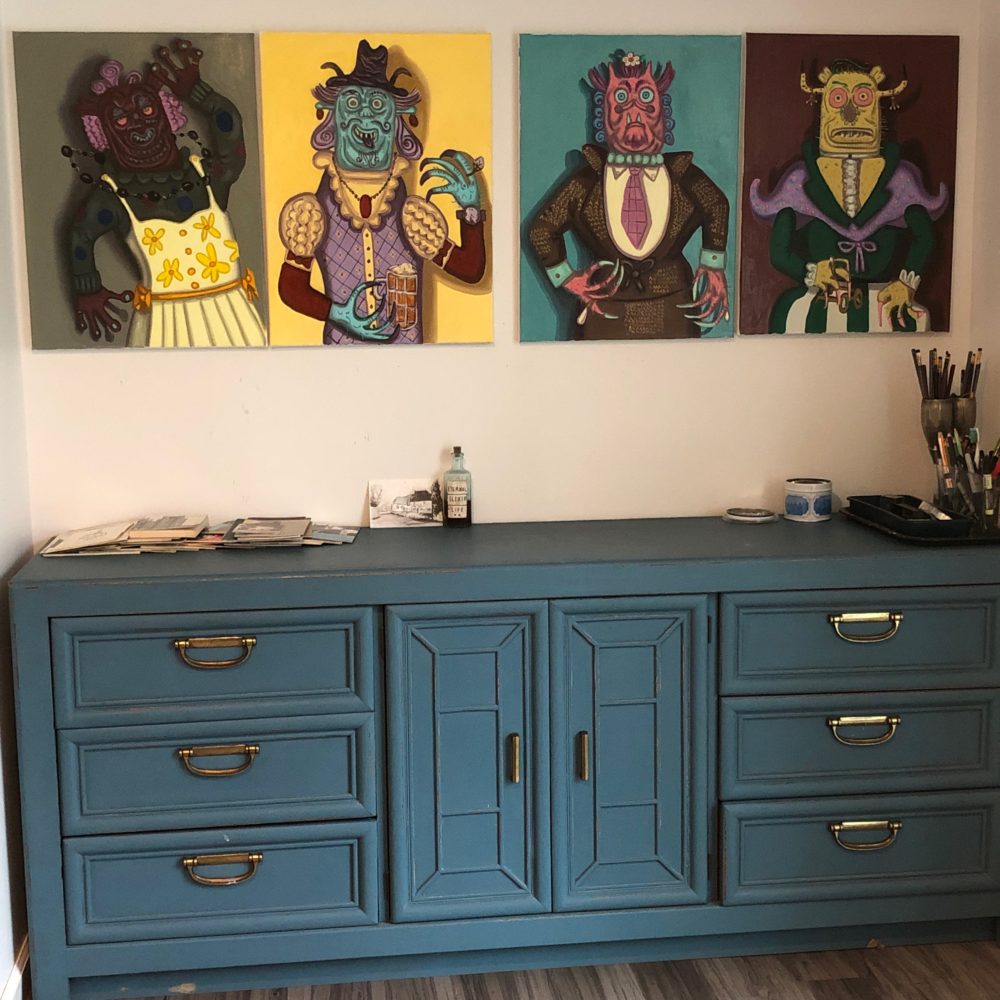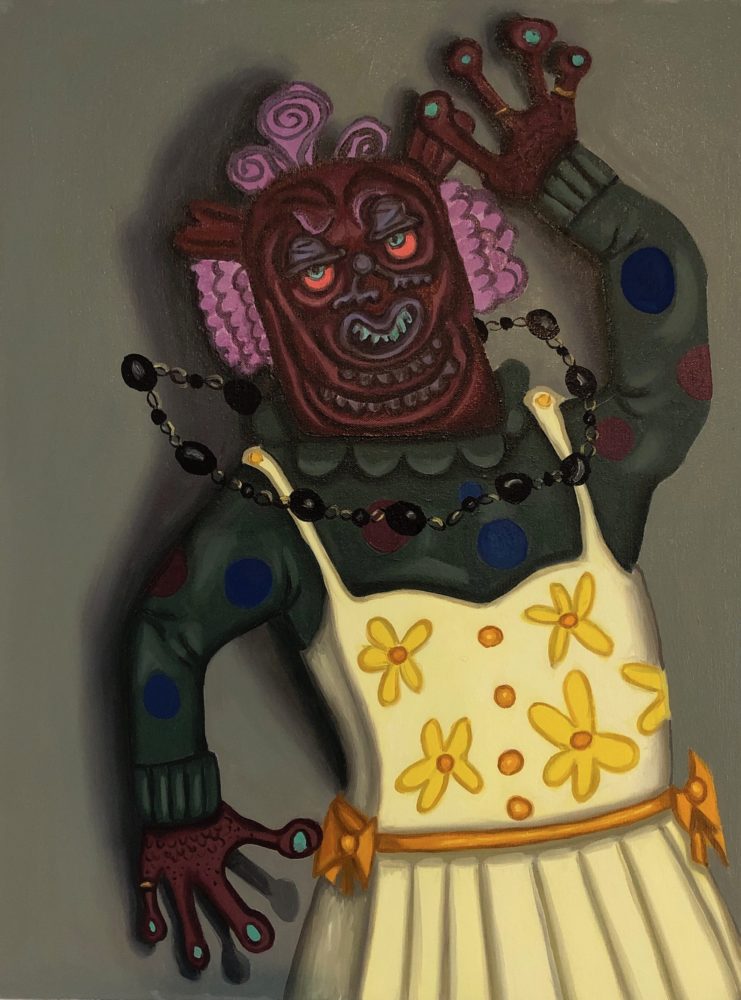Hannah Barrett received her BA at Wellesley College in German and Printmaking in 1989 and her MFA in Painting at Boston University in 1998. She has also studied at the School of the Museum of Fine Arts, Boston, MA and attended a One-year Fellowship at the School for Applied Arts in Vienna, Austria in 1994.
She has exhibited widely at Regina Rex Gallery, New York, NY; Stephan Stoyanov Gallery, New York, NY; Howard Yezerski Gallery, Boston, MA; Childs Gallery, Boston, MA; The Gibson House Museum, Boston, MA; Lesley Heller Work Space, New York, NY; NEWD Art Fair, Brooklyn, NY; NADA Fair, Artadia Foundation Booth, New York, NY; the Museum of Fine Arts Boston, Boston, MA, plus many more. Barrett has received numerous awards some of which are the MOTHA Award Recipient, New and Upcoming Artist of the Year; Faculty Development Fund, Pratt Institute, Brooklyn, NY; Boston Cultural Council, Finalist Painting Grant, Boston, MA; and Fire Island Artist Residency.
Barrett has taught as an Adjunct Associate Professor of Fine Arts at the Pratt Institute, Brooklyn, NY from 2008-2015 and as Visiting Full Time Faculty, Painting Area at the School of the Museum of Fine Arts, Boston, MA. Currently she serves as the International Program Coordinator, Berlin at Bard College, Annandale-on-Hudson, NY.

